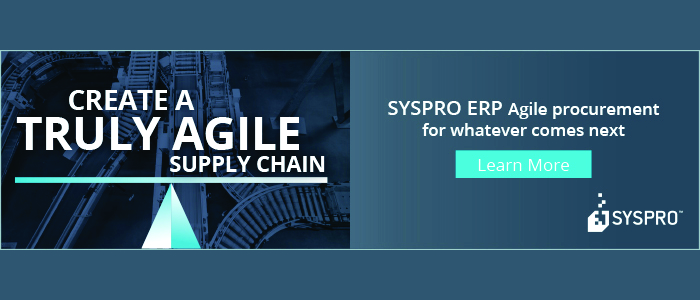The food and beverage (F&B) industry has become a highly competitive area with manufacturers who face several challenges. It has become vital for players within the F&B industry to transform the way they source, specify and manage the raw materials they require to help them cut costs, meet changing consumer preferences and manage their risks.
The complex processes that characterize the food and beverage industry bring an extensive list of challenges, including limited profit margins, perishable products, stringent government regulations and changing consumer tastes. In dealing with food commodities, buyers face not only the risk of inadequate supply but also the price risk inherent in seasonal and potentially volatile commodity markets.
In this challenging environment, food players are being forced to rethink the way they select, specify, source, and manage their ingredients. The best of them are doing this using a holistic approach that can reveal innovative ways to reduce total costs or unlock hidden value in the raw-material supply chain.
Finding and securing these sources of value requires food companies to change the way they conduct their procurement activities. That in turn requires new skills, tools, and processes. Procurement represents an area on which food manufacturers can focus in order to improve profit, service, and the overall quality of their products.
Many food manufacturers concentrate on developing effective procurement strategies in efforts to remain competitive. Buying and procurement within the F&B industry, if done effectively, offer opportunities for better cost control while improving service levels.
Developing a supplier base
As commodity prices rise and fall depending on market conditions. To fully benefit changes in commodity prices, companies require mechanisms to identify and size savings opportunities, as well as a flexible procurement process to capture them quickly.
Clean-sheet techniques allow a buyer to build up a comprehensive picture of the cost drivers of existing and potential suppliers. That insight helps them build efficient requests for quotation and to determine the most effective negotiation and go-to-market strategies, optimizing factors such as the award term and the degree to which prices will be indexed to underlying commodity costs.
Companies also need a deep understanding of underlying commodity cost structures, including crop yields, farm production costs, and logistics costs. New analysis tools allow the evaluation of multiple potential sourcing scenarios—down to the level of individual farms—while enabling optimization on a global scale to drive efficient decision making.
Disruptive technology
In the recent times the F&B industry has been investing heavily in the latest technological advancements to improve their processes. Using procurement software creates a more efficient and cost effective procure to pay process that affects everyone. Procurement software solutions allows food manufacturers to improve traceability, trust and ultimately shape food supply chains to withstand the predicted challenges of the future.
By incorporating procurement solutions within F&B operations, manufacturers are able to control and rigorously manage their expanding and increasingly complex supply chains to achieve a competitive advantage.
Along with food safety, food quality is a key consumer concern. Supplying items of consistently high quality is vital to maintaining your reputation and building a sustainable business. Monitoring and analysing all the variables that can influence product quality, generate streams of valuable data – an ERP system can help you identify critical patterns and help mitigate any issues.
Managing risk
Identifying the best materials in supply chain management within the F&B industry is a smarter approach towards risk. Price volatility within major food commodities remains a challenge and can have a significant effect on a food manufactures bottom line. Many food manufacturers protect themselves from these effects in three main ways.
Firstly, by investing in forecasting technology food manufacturers can analyse the links between prices and external factors such as currencies, weather and demand elsewhere. Secondly, they use these forecasts to inform their use of financial tools to hedge against future price fluctuations. Finally, they make changes to their products and supply chains to reduce the impact of volatility. This might include setting up your ERP system to make use of flexible specifications or recipes to manage short-term fluctuations and to match alternate suppliers for right availability at the best price.
Understanding the value chain
Rather than just accepting what ingredients do cost, food manufacturers must invest time and effort into finding out what they should cost. By looking beyond direct suppliers and building up their understanding of the role of different players across the whole value chain from field to factory, the true costs of the services each provides, and the options available.
Understanding their suppliers’ underlying costs doesn’t just help food companies to negotiate lower prices—such knowledge also helps them to find collaborative ways to deliver value, for example, by changing product specifications or delivery requirements to reduce the overall cost of supply.
For further information contact:





